Rewire the Anxious Brain – HEIDI SCHREIBER-PAN (Digital Seminar)
Description:
Join Dr. Heidi Schreiber-Pan in this recording, and learn her keys for successful anxiety treatment. Dr. Schreiber-Pan integrates brain-based strategies for calming the anxious mind with client communication techniques that motivate change in your clients. Heidi’s approach promotes adherence to treatment and strengthens the therapeutic alliance – which is essential when working with anxious, worried, traumatized, or obsessive clients. Dr. Schreiber-Pan will give you tools and techniques to:
- Identify and treat the roots of anxiety in both the amygdala and the cortex
- Explain “the language of the amygdala” in an accessible, straight forward way
- Identify how the cortex contributes to anxiety, and empower clients with strategies to resist anxiety-igniting cognitions
Outline:
Use Neuroscience in the Treatment of Anxiety
- Positives:
- We know more about anxiety-based disorders than any other disorders
- Science gives explanations, evidence, authority, destigmatizes difficulties
- Concerns:
- It can be difficult to explain, answer questions
- Clients may feel a lack of responsibility
- Oversimplification is inevitable
Enhancing Engagement in Treatment
- Don’t neglect the therapeutic relationship!
- Address the challenges of anxious clients
- Remember that strategies are effortful
- Guide the process using client’s goals
- Maintain motivation
Neuroplasticity
- Define Neuroplasticity in everyday language
- Therapy is about creating a new self
- ”Rewiring” as an accessible concept for change
- Re-consolidation: the modification of emotional memories
Identify Two Neural Pathways to Anxiety
- Amygdala – bottom-up triggering of emotion, physicality of anxiety
- Cortex – top-down emotion generation based in cognition
- Explain the two pathways to clients
- How anxiety is initiated in each pathway and how pathways influence each other
Client Friendly Explanations
- Use illustrations to create concrete understanding
- Fight/flight/freeze responses
- The “language of the amygdala”
- Anxiety and the cortex
- Help clients recognize the two pathways to anxiety
Neuroplasticity in the Amygdala (Essential for all Anxiety Disorders, PTSD, OCD, Depression)
- Sleep and the amygdala
- The influence of exercise
- Breathing techniques to reduce activation
- Relaxation, meditation, and yoga to modify responses
- Exposure as opportunities for the amygdala to learn
- Combatting avoidance
- When anxiety indicates that the amygdala can learn new responses
- Push through anxiety to change the amygdala
Neuroplasticity in the Cortex (Essential for GAD, SAD, OCD, PTSD, Depression)
- ”Survival of the busiest” principle – strengthen or weaken specific circuitry
- The healthy (adaptive) use of worry in the cortex
- ”You can’t erase: You must replace”
- Recognize and modify the impact of uncertainty
- Training correct uses of distraction
- Left hemisphere techniques – cognitive defusion, coping thoughts, fighting anticipation
- Right hemisphere techniques – imagery, music
- Mindfulness and anxiety resistances
Neuroplasticity and Medications for Anxiety Disorders, OCD, PTSD, Depression
- Medication’s effects in the rewiring process
- The myth of the chemical imbalance
- The danger of sedating the brain with benzodiazepines
- Promoting neuroplasticity with SSRIs, SNRIs
- The effectiveness of CBT and meds
Moving Beyond Diagnostic Categories to Focus on Anxiety Pathways
- Anxiety is a component of many diagnoses (depression, substance abuse, etc.)
- Amygdala – and cortex-based techniques help in other disorders
- Targeting brain-based symptoms rather than disorders
- Worry, obsessions, rumination respond to similar cortex-based techniques
- Panic, phobic responses, and compulsions respond to amygdala-based techniques
NLP online course
So what is NLP?
Firstly, NLP stands for Neuro-Linguistic Programming. Secondly neuro refers to your neurology;
Thirdly linguistic refers to language however, programming refers to how that neural language functions.
As a result,In other words, learning NLP is like learning the language of your own mind!
Moreover, NLP is the study of excellent communication–both with yourself, and with others.
It was developed by modeling excellent communicators and therapists who got results with their clients.
NLP is a set of tools and techniques, but it is so much more than that.
In conclusion, It is an attitude and a methodology of knowing how to achieve your goals and get results.
Preview Information:
Original Page
Archive Page
More Course: NLP – HYPNOSIS – PHILOSOPHY
Outstanding Course:Dreamwork as Contemplative Practice


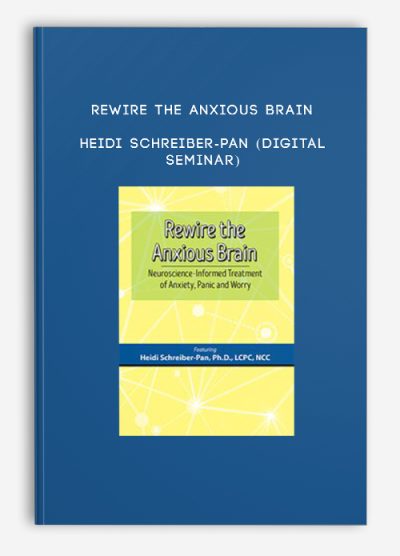

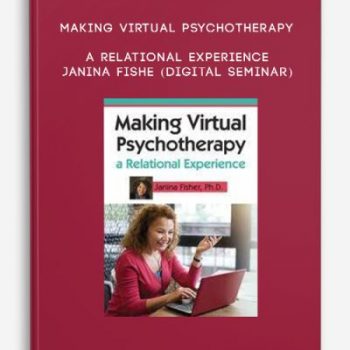
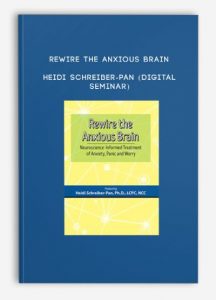



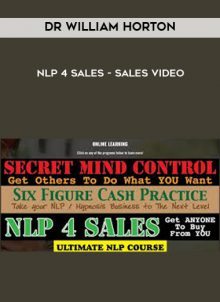



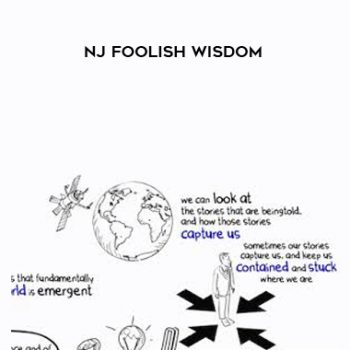
Lord –
This is Digital Download service, the course is available at Vincourse.com and Email download delivery.